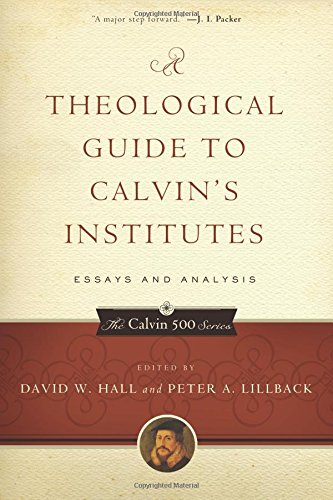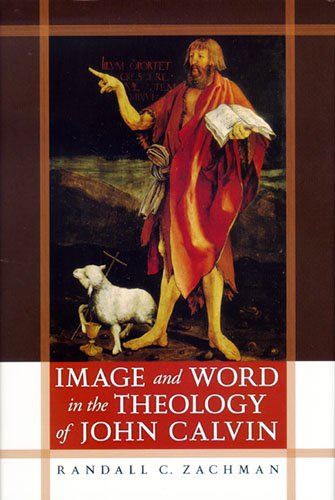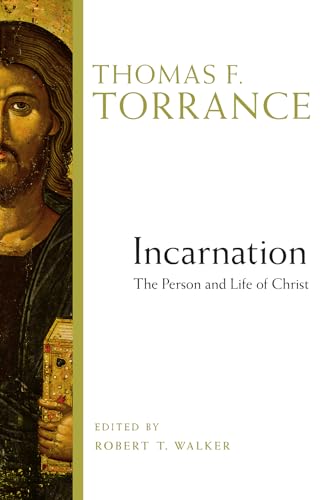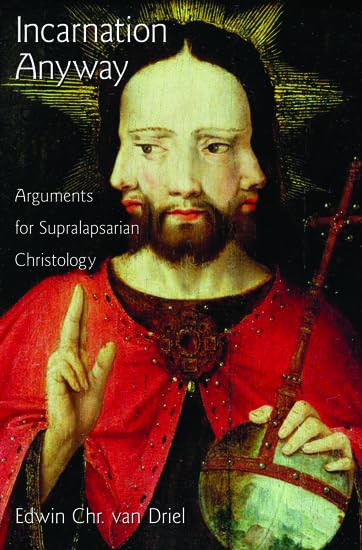Everyday Theology: How to Read Cultural Texts and Interpret Trends
Written by Kevin J. Vanhoozer, Charles A. Anderson, and Michael J. Sleasman, eds. Reviewed By Ted NewellEveryday Theology joins a number of books in recent years that seek a way of understanding cultural phenomena in the modern West from a Protestant Christian point of view, along with William Romanowski’s Eyes Wide Open (2001), T. J. Gorringe’s Furthering Humanity (2004), Gordon Lynch’s Understanding Theology and Popular Culture (2005), Kelton Cobb’s Theology and Popular Culture (2005), Stephen Long’s Theology and Culture (2008), and a growing list of others. Everyday Theology presents a narrative way into culture with sample essays that illustrate its way of reading cultural phenomena.
Vanhoozer is research professor of systematic theology at Trinity Evangelical Divinity School, near Chicago, and coeditors Charles Anderson and Michael Sleasman are former students of Vanhoozer. The book comes from Vanhoozer’s course “Cultural Hermeneutics,” taught at Trinity since 2001. It is intended as a primer for cultural literacy for Christians, and the editors’ hope is that Christian college students and adult Sunday School classes will pick it up (p. 11). The cultural hermeneutics course rationale was straightforward: students were acquainted with methods of interpreting the Bible, but as future church leaders were in need of a way to interpret society (pp. 9, 15). Vanhoozer has an array of publications within the past fifteen years on theology, epistemology, hermeneutics, missions, postmodernism and culture, and is amply qualified to lead discussion.
Vanhoozer contributes a substantial Part 1 to the book that justifies and explains guidelines for cultural interpretation. Part 2 applies the guidelines to selected “texts” of culture, five phenomena that indicate American or broadly Western culture. Part 3 applies the guidelines to four cultural trends. Part 4 summarizes the book with a step-by-step example that illustrates the method’s usability.
Part 1 is the book’s beating heart. Vanhoozer defines culture as “what we get when humans work the raw material of nature to produce something significant … these things produced are cultural texts. Not necessarily words on paper, but words in metal or music or art or drama or advertising or shaving cream or cash machines” (p. 26), thus including popular cultural phenomena as well as refined expressions. Vanhoozer aims for a study of culture in its “broader sociopolitical context” or the significance of phenomena within a meaningful whole. Cultural systems are seen as more or less coherent patterns of meaning that propose alternatives to Christian patterns. At various points a culture or subculture will mimic or defy socially deep-rooted Christian patterns. The task of cultural hermeneutics is to discern points of tension in order to challenge texts or trends.
Understanding culture as a system of meaning opens the way to culture as a meaningful text. “Culture tacitly communicates a program for making sense of life: a hermeneutic or interpretive framework through which we understand the world and read our own lives” (p. 29). The insight stems from the anthropologist Clifford Geertz, whose major work was The Interpretation of Cultures (1973). To Geertz, cultures are meaning-systems; cultures speak via their symbols and must be interpreted rather than only analyzed, say, by their economic or political functions. Vanhoozer writes that his proposal interprets culture first in a general hermeneutic, “by making use of contributions from various disciplines … ordering them … by complexity.” The initial “general hermeneutic” is a phase available universally to secular or religious interpreters. The second phase is a biblical-theological framework with lenses of creation, fall, and redemption (p. 48). Borrowing Mortimer Adler’s levels of reading from How to Read a Book (rev. ed., 1972), Vanhoozer intends to relate Adler’s levels to three triads: author-text-reader; Paul Ricoeur’s levels of locution, illocution, and perlocution; and Gordon Lynch’s world behind the text, of the text, and in front of the text (p. 49). Vanhoozer calls the whole a capital-M method but from the perspectives taken in the sample essays, the method is less a fixed procedure than a bag of various lenses. The most used lens in the studies is Lynch’s world behind, of, and in front of the text, corresponding to the production process, the cultural phenomenon itself, and the audience.
The essays of Part 2 analyze grocery store checkout lines, Eminem’s rap music, the Universal Declaration of Human Rights, megachurch architecture, and Ridley Scott’s film Gladiator. Part 3 examines trends toward increasing busyness, blog-writing, transhumanism, and fantasy funerals. Both parts are insightful reading in themselves. None applies the ten guidelines in rigid fashion. In general, the texts of Part 2 seem more amenable to the holistic pictures desired by Geertzian cultural analysis than the trends of Part 3, which read much like classical apologetic analyses.
Vanhoozer, Anderson, and Sleasman are leading and also following trends in theological education. Cultural exegesis has been included in seminary curricula for decades as apologetics. But apologetics seems to have run aground in an era when any claim is under suspicion as a power grab by ethnicity, gender, economic status, ideology, or religion. Evidence presented for or against a worldview will be routinely dismissed in a world where neutral ground no longer exists. Seeing cultural phenomena as indicating cultural stories, as Vanhoozer and essayists see them, enables future church leaders to find more empathetic points of contact with the wider culture than older apologetics tended to find. A narrative approach also enables more consistently Christian cultural responses.
Vanhoozer includes reader, text, and author in interpretation without preferring one perspective or the other; possibly implied is a critical-realist stance where human subjectivity is influenced by the reality of a world sustained by God in somewhat predictable ways. However, critical realism is not explicit.
On the surface, Vanhoozer’s guidelines seem less theological than literary. But literary theories such as those used here include implicit theology; Terry Eagleton (Literary Criticism, 2nd ed.) or John Milbank (Theology and Secular Theory, 2nd ed.) tell us that a literary theory implies an ideology, even a kind of theology. If Eagleton or Milbank are right, the lenses of Ricoeur, Geertz, even Adler, will have distortion of which a would-be discerner would want to be aware. But the lenses are placed to hand without a critique of their perspectives. The biblical second phase will provide some correction, but a theological accounting for the observation phase seems to be lacking. After all, no observation is value-free.
While the book is for everyday Christians and is partly written by non specialists, my guess is that it will miss pew and college but help seminary students. The academic origins of the book remain with it. Though Vanhoozer’s Part 1 is far from his most technical writing, it still warrants a six-page glossary. Part 4, a walk-through of the process using trends in wedding ceremonies as case study, demystifies cultural criticism but requires investigations that only apologists or seminary students would usually pursue.
Vanhoozer and coeditors seek to read everyday life in the lens of Scripture. They recognize that Christians must be faithful not in a kind of lint-free room but as embodied in regular life, so they build on the Reformation’s emphasis that Christians are always called to live the faith fully. Moreover, the book is an encouraging sign of change in the evangelical stance toward Western culture, from assuming a basically Christian society in which isolated errors can be corrected, toward a missional stance where a framework of beliefs set in a life must be engaged and contrasted, not only cognitively but by whole lives.
Ted Newell
Ted Newell
Crandall University
Moncton, New Brunswick, Canada
Other Articles in this Issue
Why are we talking about preaching with power? Because of what Christianity is...
In the mid-twentieth century, one could readily find informed Protestant observers acknowledging the Calvinist tradition’s major missionary contribution...
The summer of 2007 was the wettest in Britain since records began, registering over twice the usual amount of rainfall between May and July...
How Far Beyond Chicago? Assessing Recent Attempts to Reframe the Inerrancy Debate
by Jason S. SextonThe doctrine of inerrancy has been a watershed issue among evangelicals in the West, perhaps now more evident than ever...
Quite apart from commentaries and hermeneutical textbooks, books on the Bible—its nature and ultimately its authority—have been appearing with daunting frequency of late







